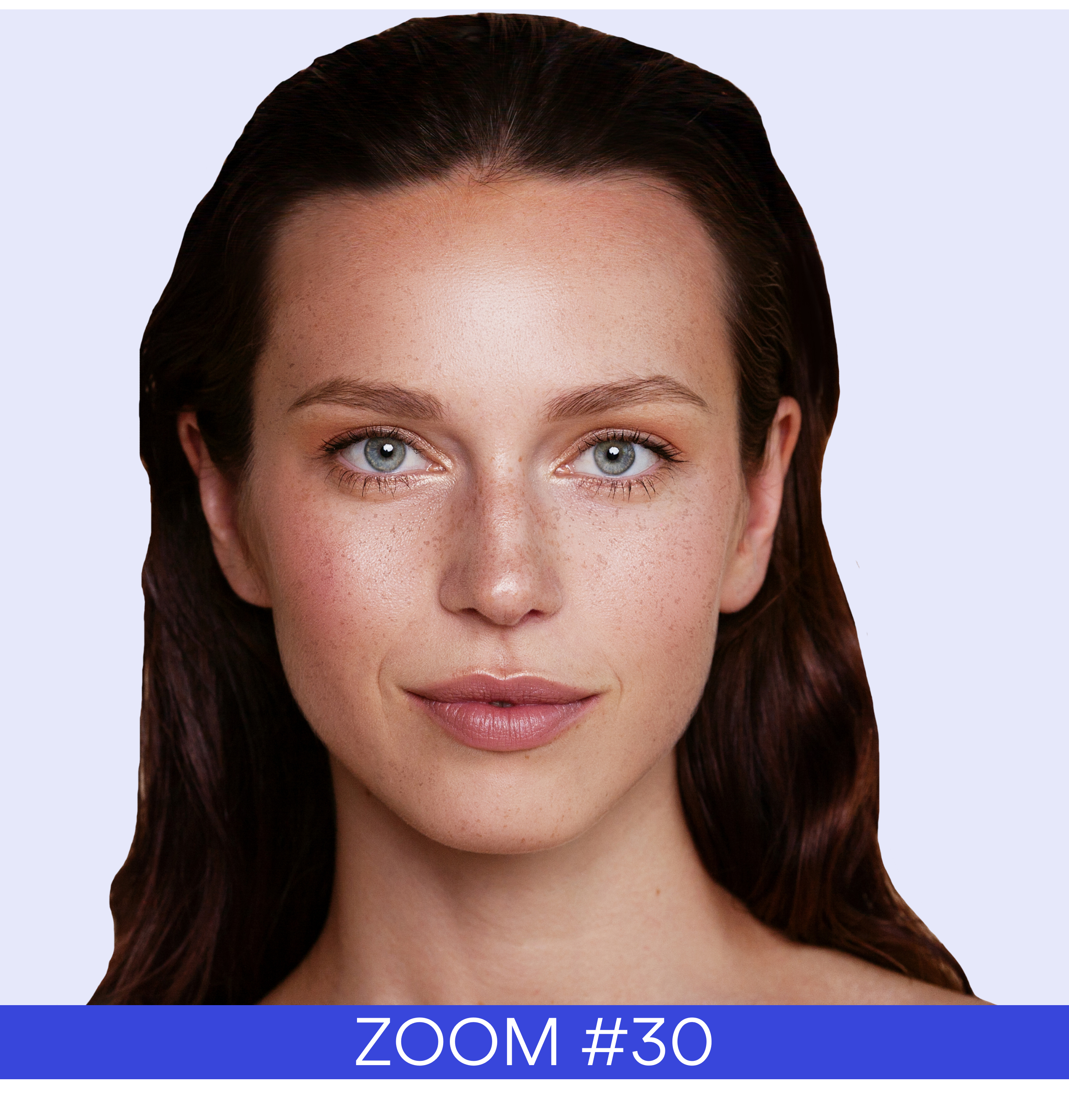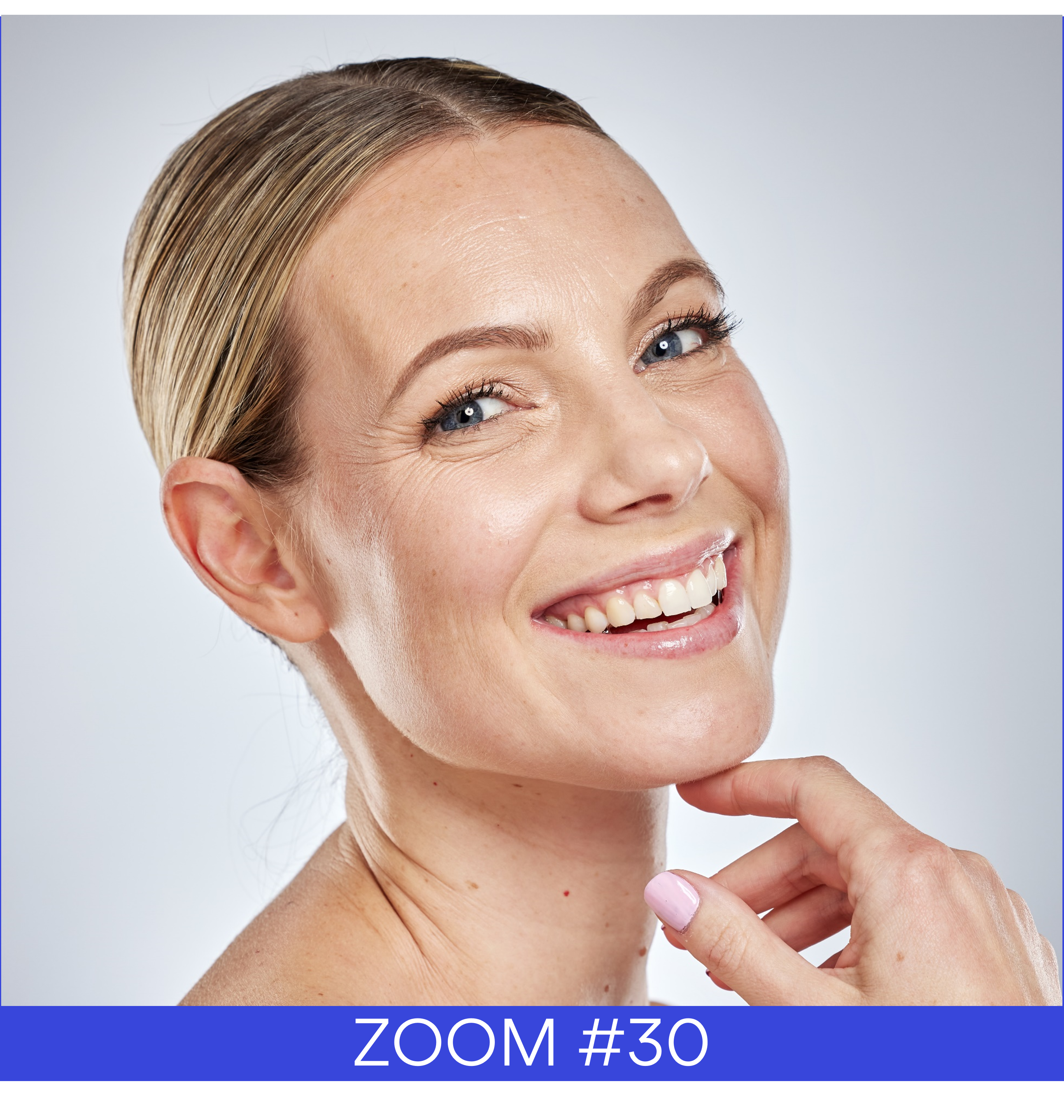Sunscreens have improved immensely in the past 40 years thanks to advances in formulation and a deeper understanding of sunlight and exposure. As a natural extension of progress, however, new pain points have emerged; these are discussed in brief in this commentary from world-renowned sunscreen expert Brian Diffey, Ph.D., of Newcastle University. Continue reading on Page DM1 of the April digital magazine.
Exposure Myths
Misunderstandings about environmental sun exposure are common in the dermatological and cosmetic literature. It is a fact1 that both UVA and erythemal UV (largely UVB) vary over the course of a clear day in an approximate bell-shaped fashion beginning at sunrise, reaching a peak around noon and ending at sunset. Yet it is not uncommon to read in the literature phrases such as: UVB intensity declines from noontime apex, but UVA intensity remains relatively constant throughout the day.2
Likewise, measurements show unequivocally that UVA and UVB both show a daily variation throughout the year that peaks in the summer months and reaches a minimum in mid-winter, with a summer to winter variation that becomes more marked as we move further from the equator. For example, in New York (latitude 40.8°N), the mid-winter and mid-summer UV indices on a clear day are 2 and 10, respectively, while the corresponding UVA ambient levels over a winter and summer day are about 40 J/cm2 and 170 J/cm2, respectively. Nevertheless, we find statements such as: It is useful to remember that the level of UVA reaching the earth’s surface is very similar in both summer and winter.3
Both of these examples from the dermatological literature are clearly wrong, and misinformation such as this may have contributed to the promotion of the need for year-round sun protection even at northerly latitudes.
Published by Cosmetics & Toiletries, April 3, 2020









 Follow us on Linkedin!
Follow us on Linkedin!